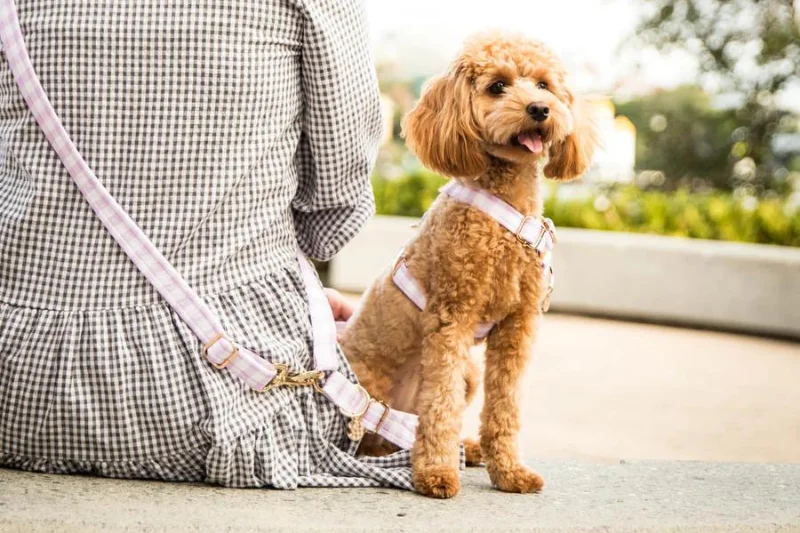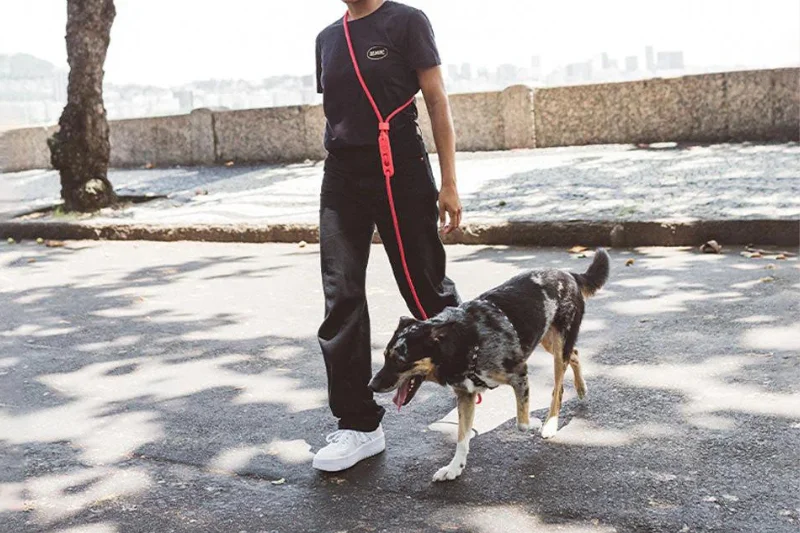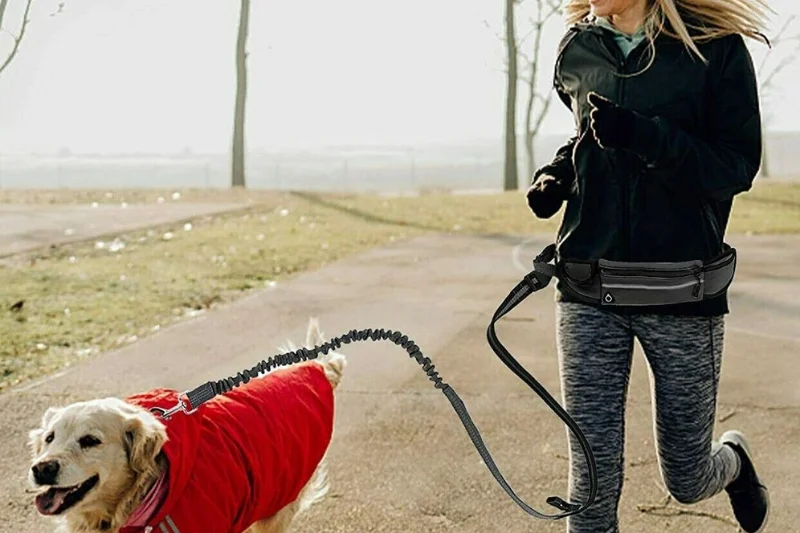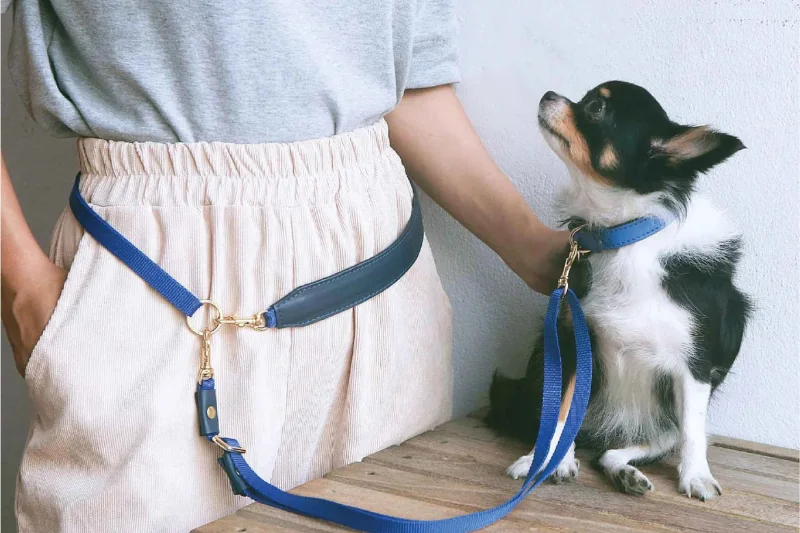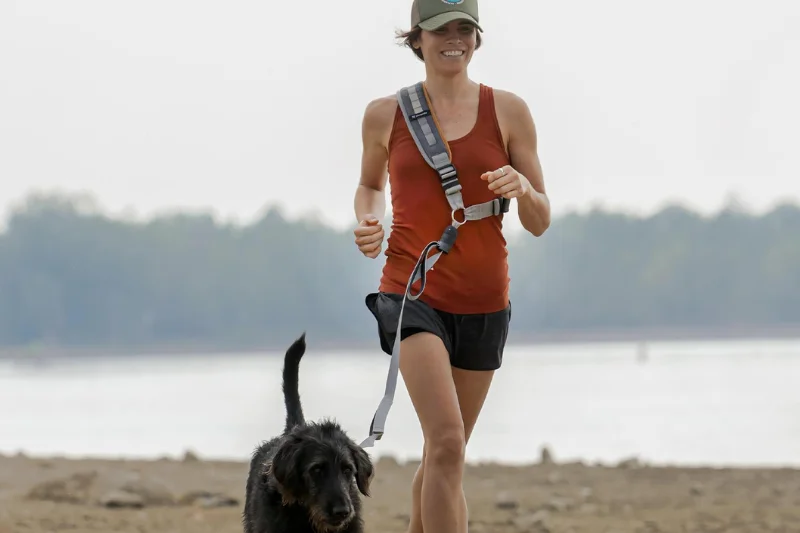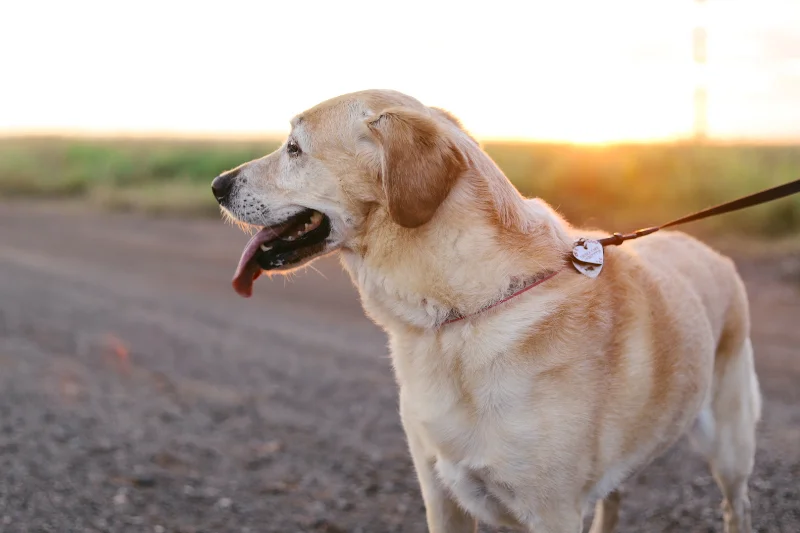Hands Free Dog Leads
Hands Free Dog Leads
Hands free dog leads give you ease of using your hands whilst on your walk. We have collected what types are available in Australia and curated information about why and when you should switch to a hands free lead. So, when you are next out on your morning jog with your dog you can have your hands free to sip coffee or answer a call.
Have a question or want to suggest a product?
Compare Hands Free Dog Leads
Advertiser Discolure Advertiser DiscolureThe Australian-made hands-free Dog Lead collection from Sass Hound offers stylish ensembles, expertly crafted to match your pup's outfit. Complete with collars and harnesses, they prioritize comfort using premium breathable materials and durable marine-grade metal hardware.
Australia Wide
from/$67
Explore the convenience of Zee Dog's Hands-Free Leash for a connected stroll. Its reflective design, versatile styles, and E-Zee lock system offer safety, adaptability, and style for dogs of all sizes.
Australia Wide
from/$62.99

